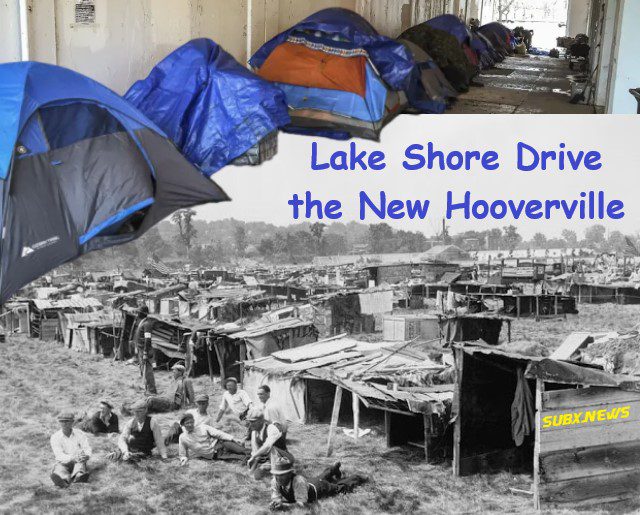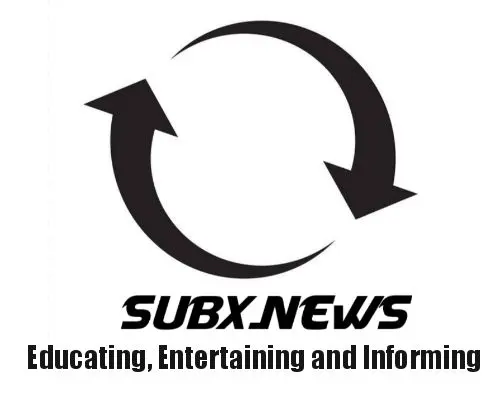
The Great Depression (1929–1939), compounded by the Dust Bowl, was a decade of economic collapse, environmental disaster, and mass social upheaval. A stock market crash triggered soaring unemployment and bank failures, while droughts and dust storms decimated farmland, driving mass migration westward. Today, on May 17, 2025, the U.S. faces its own pressures: GDP contracted by 0.3% in Q1 after 2.4% growth in Q4 2024, largely due to an import surge before new tariffs. While not yet a recession, the economic fragility—paired with climate-driven agricultural loss, migration pressures, and rising unrest—mirrors the crises of the 1930s, offering urgent lessons from the past.
Economic Parallels: From Collapse to Modern Slowdown
The Great Depression saw catastrophic decline: by 1933, unemployment hit 24.9%, GDP fell nearly 30%, and over 9,000 banks failed. The Dust Bowl ruined 100 million acres of farmland, with topsoil erosion destroying crops and livestock, leading to farm foreclosures. Shantytowns called “Hoovervilles” emerged as symbols of poverty, housing thousands under bridges and on vacant land, often burned by authorities, as in Seattle in 1942.
Today, vulnerabilities persist despite avoiding a depression. The 2008 financial crisis, like the 1929 crash, exposed systemic risks. Wealth inequality has surged, with the top 1% holding 32% of U.S. wealth in 2023, mirroring pre-Depression disparities. Inflation, peaking at 9.1% in 2022, moderated to 2.8% in 2025 but risks rebounding due to tariffs. The Q1 2025 contraction, spurred by a 41.3% import surge ahead of tariffs, highlights how trade policy can backfire—just as the 1930s’ Smoot-Hawley Tariff Act deepened the Depression. Deloitte forecasts GDP growth slowing to 2.2% in 2025 and 1.3% in 2026, with a potential recession by late 2025 if tariffs escalate.
Environmental Parallels
Just as the Dust Bowl’s man-made agricultural collapse amplified natural droughts, today’s climate-driven disasters are compounding long-term vulnerabilities. In 2023 alone, 28 weather disasters caused over $21 billion in crop losses, most from drought and wildfires. In 2024, 27 disasters cost another $20.3 billion, with flooding and hurricanes taking the biggest toll.
Migration and Social Tensions: Then and Now
The Dust Bowl displaced 300,000 to 400,000 “Okies,” who migrated to California, facing job competition, wage suppression, and hostility. Minority groups—African Americans, Latinos, and Asian Americans—faced disproportionate hardship, often excluded from relief.
Today, economic and climate pressures drive internal migration to urban centers, straining housing and jobs. Homeless encampments now line city sidewalks and overpasses, echoing the Hoovervilles of the 1930s. In Chicago, tents along Lake Shore Drive bring the comparison full circle.
Internationally, immigration debates intensify, with 2.5 million border apprehensions in 2023 and stricter 2024–2025 policies, including 250,000 annual deportations, impacting agriculture. This echoes Okie scapegoating. The gig economy and automation depress low-skill wages, mirroring the 1930s labor surplus. Social unrest is rising: the 1930s saw strikes like the 1934 San Francisco General Strike, while 2023–2024 witnessed a 20-year high in U.S. strikes. Reports highlight civil unrest as a top concern for 2025, driven by polarization and economic pressures.
Government Responses: New Deal vs. Modern Policies
The New Deal introduced Social Security, the Works Progress Administration, and the Soil Conservation Service to provide relief, create jobs, and restore Dust Bowl-damaged land. These stabilized the economy, though minorities often benefited less.
Like the New Deal’s job programs and soil conservation efforts, today’s American Rescue Plan and Inflation Reduction Act aim to stabilize both the economy and the environment. The 2024 American Relief Act provided $21 billion in disaster aid, though uncovered crop losses since 2022 still exceed $26 billion. The Tax Cuts and Jobs Act extension may boost investment but risks widening deficits. Unlike the New Deal era’s broader consensus, today’s divided politics have made sustained recovery harder to achieve.
Cultural and Psychological Impacts
Cultural anxiety in the 1930s found voice in novels like The Grapes of Wrath. Today, the fear and frustration play out across dystopian streaming series and viral social media debates about the cost of living. Mental health concerns, rising steadily since 2020, echo the despair of Depression-era America—though modern safety nets offer more support.
Conclusion
The echoes of the 1930s are growing louder. While today’s safety nets and technologies offer some insulation, the core challenges—economic fragility, climate stress, and social division—demand bold, unified responses. The Great Depression teaches us not just what can go wrong, but how communities and governments can rise to meet crisis with resilience, equity, and lasting reform.
[ Image Tents along Chicago’s Lake Shore Drive echo the makeshift “Hoovervilles” of the 1930s, where displaced Americans built shelters out of scraps amid mass unemployment and poverty. Then and now, housing insecurity reflects deeper economic distress. credit: SUBX.NEWS, composite of modern and historical photos ]
References
2025 Global Risk Report (January 2025) World Economic Forum https://www.weforum.org/reports/global-risks-report-2025
2025 Political Violence and Civil Unrest Risks (21 April 2025) Insurance Thought Leadership https://www.insurancethoughtleadership.com/commercial-lines/2025-political-violence-and-civil-unrest-risks
America During the Great Depression: The Dust Bowl, Unemployment & Cultural Issues (14 June 2015) Study.com https://study.com/academy/lesson/america-during-the-great-depression-the-dust-bowl-unemployment-cultural-issues.html
America’s Tent Cities for the Homeless (11 February 2016) The Atlantic https://www.theatlantic.com/photo/2016/02/americas-tent-cities-for-the-homeless/462450/
Community Encampment Report (February 2020) US Department of Housing and Urban Development (HUD) https://www.huduser.gov/portal/sites/default/files/pdf/Chicago-Encampment-Report.pdf
Great Depression Facts (April 2013) Franklin D. Roosevelt Presidential Library and Museum https://www.fdrlibrary.org/great-depression-facts
Hoovervilles and Homelessness (7 May 2004) University of Washington https://depts.washington.edu/depress/hooverville.shtml
How did the Dust Bowl affect California? (undated) Brainly https://brainly.com/question/51009628
Hurricanes, Heat and Hardship: Counting 2024’s Crop Losses (18 February 2025) Farm Bureau https://www.fb.org/market-intel/hurricanes-heat-and-hardship-counting-2024s-crop-losses
Major Disasters and Severe Weather Caused Over $21 Billion in Crop Losses in 2023 (29 February 2024) Farm Bureau Federation https://www.fb.org/market-intel/major-disasters-and-severe-weather-caused-over-21-billion-in-crop-losses-in-2023
Political violence and civil unrest trends 2025 (April 2025) Allianz Commercial https://commercial.allianz.com/content/dam/onemarketing/commercial/commercial/reports/commercial-political-violence-civil-unrest-trends-2025.pdf
Roosevelt and the New Deal Social Security History (14 Dec 2001) Social Security Administration https://www.ssa.gov/history/briefhistory3.html
Strikes in the United States in the 1930s (16 Jan 2018) Wikipedia https://en.wikipedia.org/wiki/Strikes_in_the_United_States_in_the_1930s
Tent cities continue to grow along Chicago’s lakefront, sparking concerns for residents (4 November 2024) FOX 32 Chicago https://www.fox32chicago.com/news/tent-cities-continue-grow-along-chicagos-lakefront-sparking-concerns-residents
Tent Cities in America (March 2010) National Coalition for teh Homeless https://nationalhomeless.org/wp-content/uploads/2014/06/Tent-Cities-Report-FINAL-3-10-10.pdf
The Dust Bowl (December 2003) National Drought Mitigation Center, University of Nebraska-Lincoln https://drought.unl.edu/dustbowl/
U.S. economy contracts 0.3% in first quarter of 2025 (30 April 2025) Yahoo Finance https://finance.yahoo.com/news/us-economy-contracts-0-3-144127743.html
Unemployed Protests 1930s (2015) University of Washington https://depts.washington.edu/moves/unemployed_map.shtml
United States Economic Forecast: Q1 2025 (January 2025) Deloitte https://www2.deloitte.com/us/en/insights/economy/us-economic-forecast/united-states-outlook-analysis.html
SubX.News® on the spot reporting
